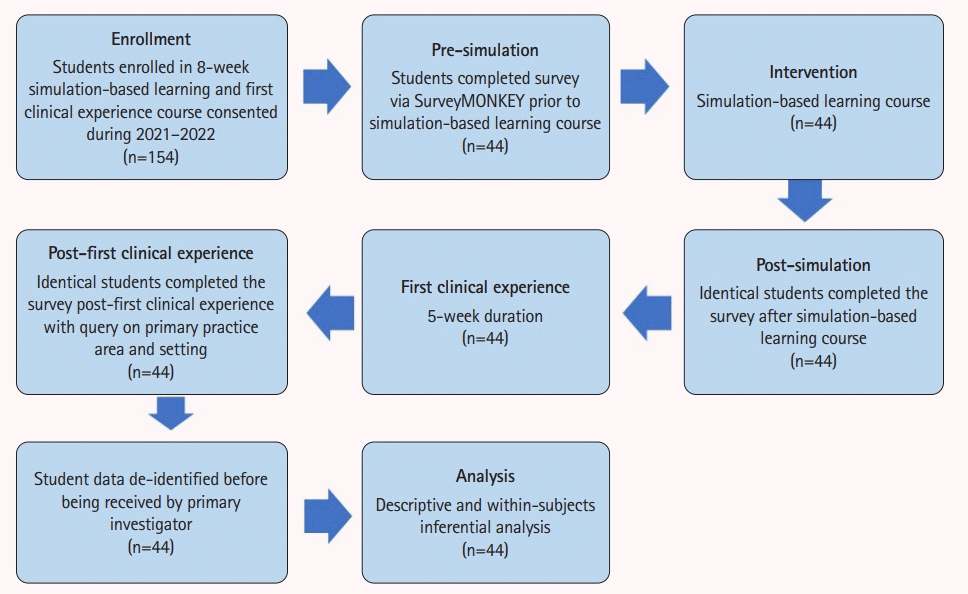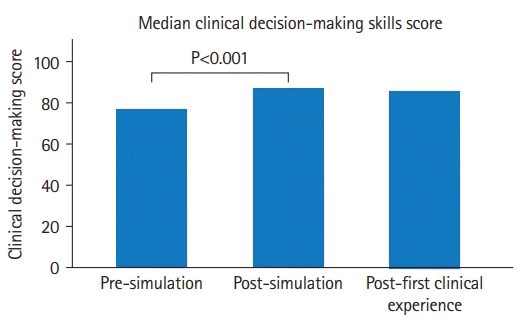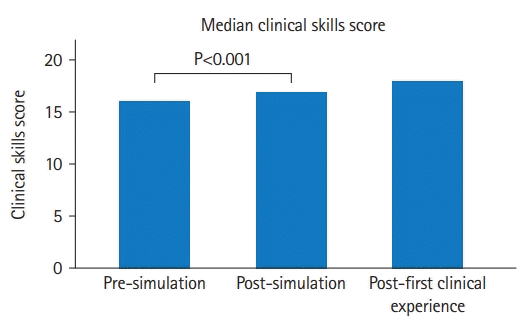2. Musolino GM, Jensen GM. Clinical reasoning and decision making in physical therapy: facilitation, assessment, and implementation. Thorofare (NJ): SLACK Incorporated;2020.
3. Campbell DF, Brismee JM, Allen B, Hooper TL, Domenech MA, Manella K. Doctor of physical therapy students’ clinical reasoning readiness and confidence treating with telehealth: a United States survey. J Clin Educ Phys Ther. 2022; 4:1–10.
https://doi.org/10.52214/jcept.v4.8537.
4. Stern DF, Rosenthal R. Expectations for the student physical therapist from the classroom to the clinic. In : Stern DF, Rosenthal R, editors. Clinical education in physical therapy: the evolution from student to clinical instructor and beyond. Burlington (MA): Jones & Bartlett Learning;2020. p. 19–20.
6. Huhn K. Developing clinical reasoning and decision-making skills: simulations and debriefing. In : Musolino GM, Jensen GM, editors. Clinical reasoning and decision making in physical therapy: facilitation, assessment, and implementation. Thorofare (NJ): SLACK Incorporated;2020. Chapter 18.
7. Silberman NJ, Litwin B, Panzarella KJ, Fernandez-Fernandez A. High fidelity human simulation improves physical therapist student self-efficacy for acute care clinical practice. J Phys Ther Educ. 2016; 30:14–24.
https://doi.org/10.1097/00001416-201630010-00003.
8. Ohtake PJ, Lazarus M, Schillo R, Rosen M. Simulation experience enhances physical therapist student confidence in managing a patient in the critical care environment. Phys Ther. 2013; 93:216–228.
https://doi.org/10.2522/ptj.20110463.
9. Coppola AC, Coppard BM, Qi Y. Impact of participation in an interprofessional acute care high-fidelity simulation for occupational and physical therapy graduate students. J Allied Health. 2019; 48:248–256.
10. Brudvig TJ, Macauley K, Segal N. Measuring clinical decision-making and clinical skills in DPT students across a curriculum: validating a new survey tool. J Allied Health. 2017; 46:21–25.
11. DeVellis RF. Overview. In : DeVellis RF, editor. Scale development: theory and applications. 4th ed. Thousand Oaks (CA): SAGE;2016. p. 29–33.
13. Mori B, Carnahan H, Herold J. Use of simulation learning experiences in physical therapy entry-to-practice curricula: a systematic review. Physiother Can. 2015; 67:194–202.
https://doi.org/10.3138/ptc.2014-40E.






 PDF
PDF Citation
Citation Print
Print





 XML Download
XML Download